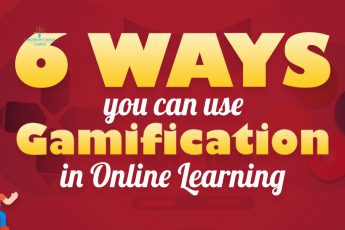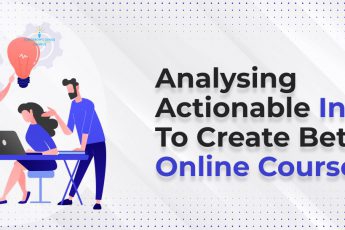Perfecting the Art of Informal Online Learning
Online education allows learners and educators to meet in informal settings. Students do not have to follow strict uniform or other codes. And, teachers can break down the barriers between them and their learners. But creating spectacular informal online learning courses requires practice. Informal education works best for older learners who want to engage with the content as much as possible. If you would like to create informative and engaging informal courses, we can help. Let’s take a look at the dos and don’ts of building informal online classes:
Tips to Create Ideal Informal Online Learning Courses
[su_spacer size=”20″ class=””]
Set Up Scenarios
 Every ideal online learning course features scenario-based learning. Many educators worry that scenario-based teaching can be complex. But, you can use branching scenarios to provide learners with multiple options. By doing this, you allow your students to choose how they learn. If learners attempt one situation and fail, they can try out another. By offering options, you help your students embrace and learn from failure.
Every ideal online learning course features scenario-based learning. Many educators worry that scenario-based teaching can be complex. But, you can use branching scenarios to provide learners with multiple options. By doing this, you allow your students to choose how they learn. If learners attempt one situation and fail, they can try out another. By offering options, you help your students embrace and learn from failure.
Shared Experiences
Most learners give up their online courses halfway because they cannot find the motivation to continue. You can use shared experiences to fix this common online learning mistake. Build communities where students can get together and learn from each other. You can even introduce each group to a subject-matter expert to share unique knowledge. You can ask each learner to make a presentation about a subject of their preference. Then, ask other group members to provide feedback and comments. By doing this, you shift away from the formal teacher-student scenario to peer-based learning.
Pick the Right Resources
 In informal learning scenarios, you need to loosen control over the experience. But, you also need to provide your learners with the right kinds of resources. While picking references, try and keep them short and easy to navigate. Nobody wants to spend hours locating information. Very often, teachers provide too much information, which could confuse or overwhelm students. Avoid adding resources that do not add value to your overall course. Take a little time to understand your learners and create resources they like. Most importantly, avoid repeating information. Your reference material must go hand-in-hand with your live sessions instead of mirroring them.
In informal learning scenarios, you need to loosen control over the experience. But, you also need to provide your learners with the right kinds of resources. While picking references, try and keep them short and easy to navigate. Nobody wants to spend hours locating information. Very often, teachers provide too much information, which could confuse or overwhelm students. Avoid adding resources that do not add value to your overall course. Take a little time to understand your learners and create resources they like. Most importantly, avoid repeating information. Your reference material must go hand-in-hand with your live sessions instead of mirroring them.
Perfect Your Design
When creating an informal online learning experience, you must focus on your design. Create as many shared experiences as possible and add triggers to boost memory and recall. You must balance your informal setting with a clear learning path. Clarity will encourage learners to complete the course.
If you’d like to experiment with informal online learning, you can sign up on TG Campus. Our platform gives you complete control to create each module the way you deem fit. With TG Campus, you can share reference material in a variety of formats. So, we’re sure you can create content your learners like and appreciate. The TG platform has a robust testing and analytics tool. You can use this to gauge each learner’s performance and correct your course accordingly. With TG Campus, building engaging and informal classes is quick and easy!














